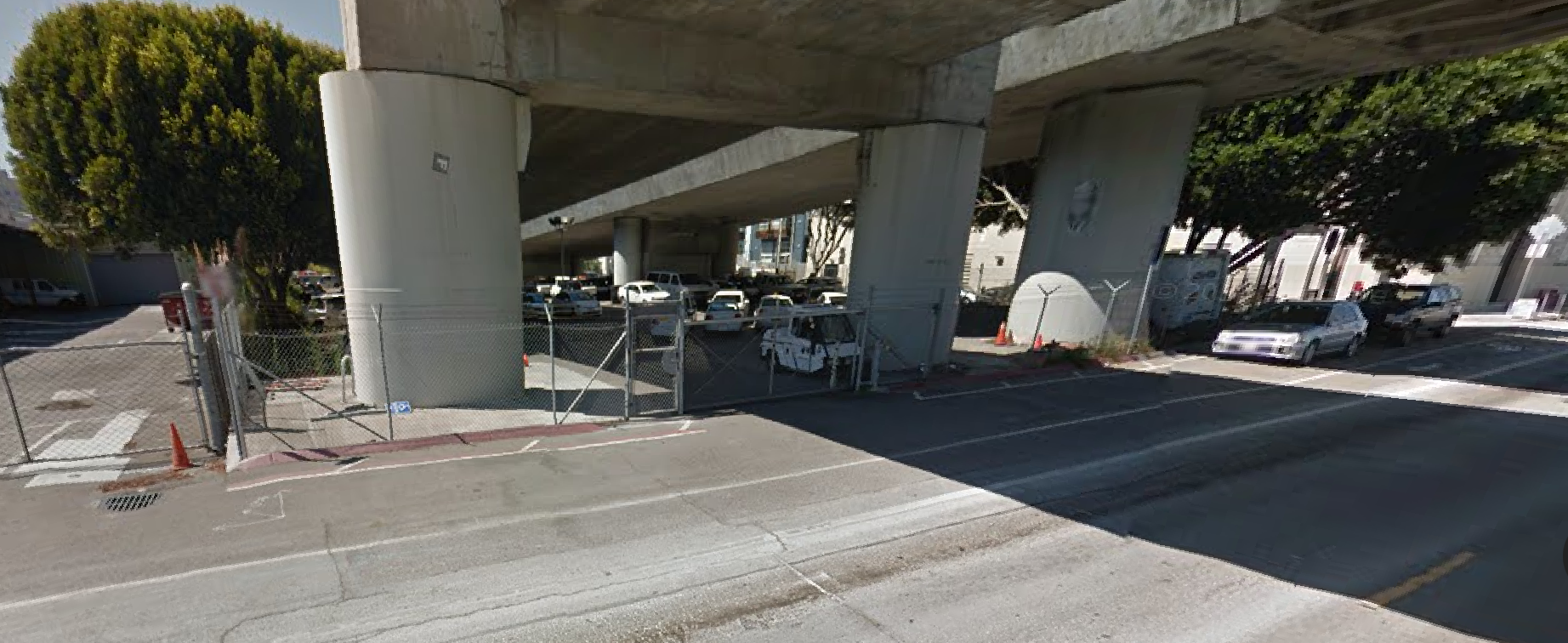San Francisco has about 850 miles of streets, in 12,500 street segments, covering about a quarter of San Francisco’s land area. 2,224 of those street segments are “unaccepted streets” – streets that are not maintained by SF’s Department of Public Works. Over half of those streets are paved, but often one or more features – sidewalks, drainage, pavement – are not built to City standards. Some of these streets meet city standards, but are maintained by other agencies – Recreation and Parks, The Port, the Redevelopment Agency, or Caltrans. Others are privately maintained streets and alleys. 323 are “paper streets” – streets that are legislated as public rights of way, but are unbuilt and often impassible.
Whether a street is accepted and unaccepted streets is often a result of historical accident, rather than a coherent policy. Sections of some of San Francisco’s most-travelled streets, including Beale, Bryant, 15th, Howard, and Townsend streets and Geneva, Ocean, and San Jose avenues, are unaccepted. Some unaccepted streets meet city standards, yet many accepted streets are substandard.
San Francisco has a similarly piecemeal approach to sidewalks. Sidewalks are generally the responsibility of adjacent property owners to install and maintain. However where sidewalks are substandard or nonexistent, there is no obligation to install them except as a condition of certain building approvals – new buildings, and some major additions and changes of use.
Some unaccepted streets should be repurposed into parks, pedestrian paths, or community gardens – valuable open spaces in an increasingly crowded city. Some other streets are important paths of travel for walking, cycling, transit, or auto traffic, and need to be upgraded and properly maintained.
Townsend Street, which is unaccepted between 5th and 7th streets, is a good illustration of how San Francisco’s piecemeal system of street acceptance and maintenance breaks down, which makes the street inaccessible for many, and puts street users in mortal danger. Townsend is the primary pedestrian connection between the Caltrain station at 4th and Townsend streets and the Showplace Square neighborhood, which is home to thousands of jobs and residents. Townsend lacks continuous sidewalks, and while it is a street in the bicycle network, street lighting is inadequate, and the pavement is dangerously rutted and lacks proper drainage.

A 2008 Chronicle article documented Townsend Street’s fundamentally dangerous design:
In the 21st century, a city street without a sidewalk is like an apartment without a refrigerator or a skyscraper without an elevator. Shouldn’t happen. But a stretch of San Francisco’s South of Market corridor on Townsend Street has no sidewalks. . Several people have contacted ChronicleWatch to complain, saying pedestrians using Townsend Street between Fourth and Seventh streets have to walk in the street- and risk being sideswiped by traffic.
85-year-old resident Francis Rigney was injured in a collision with a bicyclist; the lack of sidewalks forced him to walk in the street, and the poor street lighting made him difficult to see. In response, the Department of Public Works jury-rigged a walkway (not a proper sidewalk) on the south side, but this walkway ends short of 7th Street. No improvements have been made to Townsend since then.
A recent Streetblog article documented the dangerous conditions for cyclists near the Caltrain Station, and made the case for protected bicycle lanes on Townsend Street. Townsend, which has no intersecting streets on the south side between 4th and 7th Streets, is ideal for a separated cycle path.
In a City that has officially embraced Vision Zero, major streets without sidewalks is unacceptable. Townsend street’s design creates an absolute barrier to access for people with disabilities, and imposes dangerous conditions on all other users. The urgency of improving Townsend is greater than ever – hundreds of new office jobs are springing up along Towsend, and hundreds of new apartments under construction in Showplace Square, while the Central Subway is under construction on 4th Street, and a new Caltrain station with an extension to downtown is planned. Bicycle network improvements are in place or planned on several intersecting streets, including 2nd, Embarcadero, 5th, 7th, 8th, Division, and Henry Adams. Livable City is partnering with neighbors and advocates to get Townsend Street from the Embarcadero to 8th, redesigned, rebuilt, and the unaccepted blocks from 4th to 7th accepted for city maintenance.
DPW Map of unaccepted streets, April 2015




